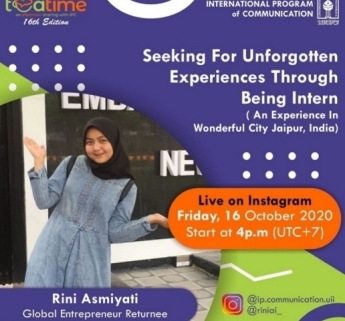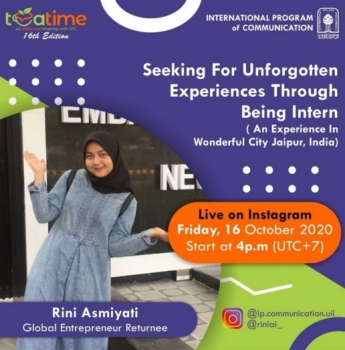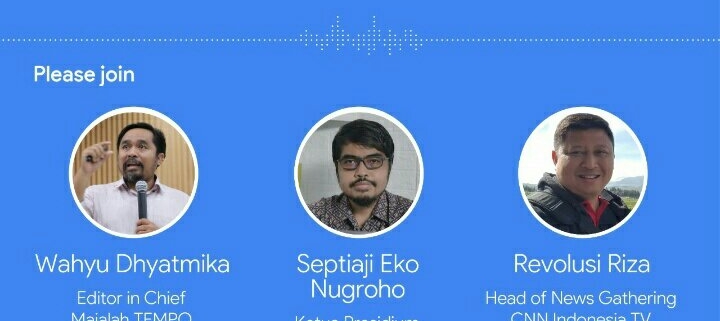Death is a sure thing even though it is mysterious. In the situation of the Covid 19 outbreak, death due to covid is a disgrace. Even in some areas there are those who do not want to accept corpses to be buried in these graves.
There were also residents who seized their brother’s body because they were not willing to be buried in a procession according to the covid-19 funeral protocol. There is even a phenomenon of death which is also tragic. A woman in Chicago, United States who was murdered by her lover because of shortness of breath. After that he shot himself dead for fear of the stigma of corona in society.
Prof. Dr. Deddy Mulyana, MA said, in the phenomenon of death due to Covid 19, there is a social construction that says dying because of Covid 19 is a disgrace. “Social reality is also influenced by social construction,” explained Deddy in #NgajiKomikasi with the theme Phenomenology Wisdom of the Covid-19 Pandemic on (11/11).
Besides Deddy Mulyana, Ridwan Hamid, Lc, MPI, MA were also present as speakers and moderated by Dr. Subhan Afifi, M.Si., Communication Lecturer at UII strategic communication research cluster.
The #NgajiKomunikasi which was first organized by the Communication Science Study Program of the Islamic University of Indonesia, was also broadcast live via the YouTube channel Uniicoms TV.
Deddy Mulyana said that death, which means being left behind by someone forever, is indeed painful. “Moreover, bearing disgrace as a consequence of social stigma is also more painful,” he added.
Then what is phenomenology?
“Phenomenology is a meaning, in this case it is the meaning of death. Now, to get out of social construction, suggested Edmund Husserl,” said Deddy in the Zoom Conference, “one needs to investigate again about the nature of reality by getting rid of the conception of meaning something.”
According to him, this suggestion is indeed grandiose. “Because Husserl does not provide practical guidelines for doing so,” argued Mulyana.
The meaning of phenomenology kneels Alfed Schutz that someone will interpret events after they have passed. Phenomenology can also be defined as the meaning of reality.
What is meant by what he said earlier by reality. Reality consists of various dimensions: everyday reality, scientific reality, post-truth, daydreaming, imagination, dreams, madness, the realm of the grave, and the realm of the spirit. “Everyday reality is the most dominant, but there are other realms that affect a person’s real life.”
In the phenomenology of death, “death is like dramaturgy, like theater. The aim is to please the audience. There is a front stage and a backstage,” Mulyana explained.
If you want to investigate further, scientifically all biological deaths are no longer breathing, loss of heartbeat. it’s a scientific phenomenon, he said. The Hindu version defines death as a transition to reincarnation. whereas in Islam and Christianity, it means the door to immortality. “But socially, every death can be different in each region. Some are wrapped in sadness, some are wrapped in joy and celebrations, some are prayed for,” he later explained.
Therefore Ali ibn Abu Talib told Kumail that if the dead person in the grave could speak, he would say that the best provision is piety. “And the grave is a place to accommodate charity. And we only realize after death,” he concluded.
So, according to Ridwan Hamid, the next speaker, it is the preparation before facing death that is important. It is important for humans to be aware of and implement and understand the foundation of life curriculum. The foundation that needs to be understood is the Koran, the Apostolate, death and resurrection, reckoning, also understanding the concepts of heaven and hell.
Then, Ridwan continued, understanding the surrounding nature, the story of the past people, and also understanding humans and monitoring the unseen. It is also necessary to understand sunnatut Tadaafu ‘which means that in life there is a conflict between what is true and what is false.







